As their name suggests, nocturnal birds are characterized by being active during the night. To hunt and locate prey in darkness, these birds have developed remarkable adaptations over their evolutionary history:
Silent flight – Specialized feather structures allow them to glide almost noiselessly, enabling them to surprise unsuspecting prey.
Acute hearing and vision – Their senses are so well-adapted that they can detect even the slightest movements in low-light conditions.
Nocturnal birds are among the most diverse and widespread groups of birds on Earth, present in nearly all terrestrial ecosystems—from dense forests to open grasslands—bringing life to the night once the sun sets.
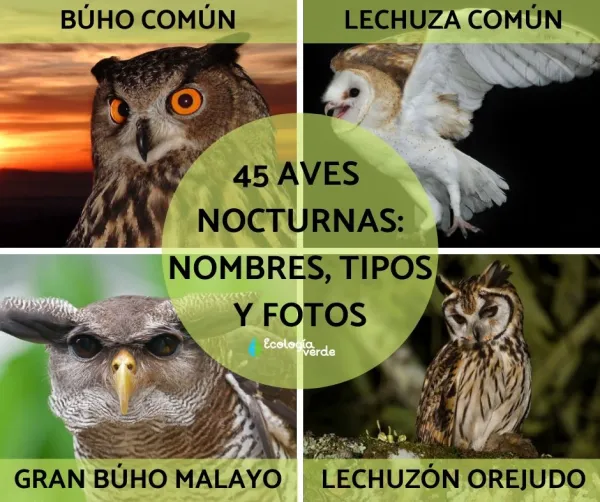
Beyond the well-known Eurasian Eagle-Owl (Bubo bubo) and the elusive Barn Owl (Tyto alba), there exists a rich variety of nocturnal raptors distributed across almost every corner of the globe. Here are 45 notable species with their scientific names:
Eurasian Eagle-Owl (Bubo bubo)
Great Horned Owl (Bubo virginianus)
Greyish Eagle-Owl (Bubo cinerascens)
Cape Eagle-Owl (Bubo capensis)
Shelley’s Eagle-Owl (Bubo shelleyi)
Bengal Eagle-Owl (Bubo bengalensis)
Crested Owl (Lophostrix cristata)
Spotted Owl (Strix occidentalis)
Snowy Owl (Bubo scandiacus)
Long-eared Owl (Asio otus)
Fraser’s Eagle-Owl (Bubo poensis)
Philippine Eagle-Owl (Bubo philippensis)
Desert Eagle-Owl (Bubo ascalaphus)
Marsh Owl (Asio capensis)
Magellanic Horned Owl (Bubo magellanicus)
Verreaux’s Eagle-Owl (Bubo lacteus)
South American Great Horned Owl (Bubo virginianus nacurutu)
Barn Owl (Tyto alba)
Short-eared Owl (Asio flammeus)
Barred Eagle-Owl (Bubo sumatranus)
Striped Owl (Pseudoscops clamator)
Spectacled Owl (Pulsatrix perspicillata)
Stygian Owl (Asio stygius)
Little Owl (Athene noctua)
Costa Rican Pygmy-Owl (Glaucidium costaricanum)
Forest Owlet (Athene blewitti)
Pearl-spotted Owlet (Glaucidium perlatum)
Burrowing Owl (Athene cunicularia)
Jungle Owlet (Glaucidium radiatum)
Andean Pygmy-Owl (Glaucidium jardinii)
Elf Owl (Micrathene whitneyi)
Long-whiskered Owlet (Xenoglaux loweryi)
Amazonian Pygmy-Owl (Glaucidium hardyi)
Eurasian Pygmy-Owl (Glaucidium passerinum)
Buff-fronted Owl (Aegolius harrisii)
Boreal Owl (Aegolius funereus)
Red-chested Owlet (Glaucidium tephronotum)
Austral Pygmy-Owl (Glaucidium nana)
Guatemalan Screech Owl (Megascops guatemalae)
Pacific Screech Owl (Megascops cooperi)
Tropical Screech Owl (Megascops choliba)
Northern Hawk-Owl (Surnia ulula)
Mottled Owl (Strix virgata)
Himalayan Owl (Strix nivicolum)
Californian Spotted Owl (Strix occidentalis)
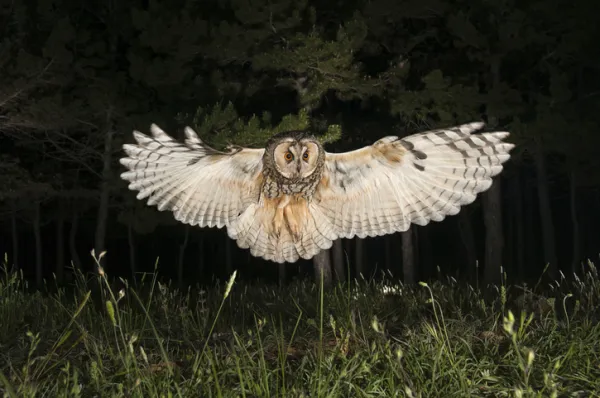
All nocturnal raptors belong to the order Strigiformes, a group of birds specialized for night hunting. Their defining traits include:
Exceptional hearing – Asymmetrical ear placement allows pinpoint detection of prey location.
Noise-free flight – Soft, fringed feathers minimize turbulence noise.
Whole-prey consumption – They often swallow prey whole, later regurgitating indigestible materials such as fur and bones in compact pellets.
Taxonomic hierarchy:
Domain: Eukaryota
Kingdom: Animalia
Phylum: Chordata
Class: Aves
Order: Strigiformes
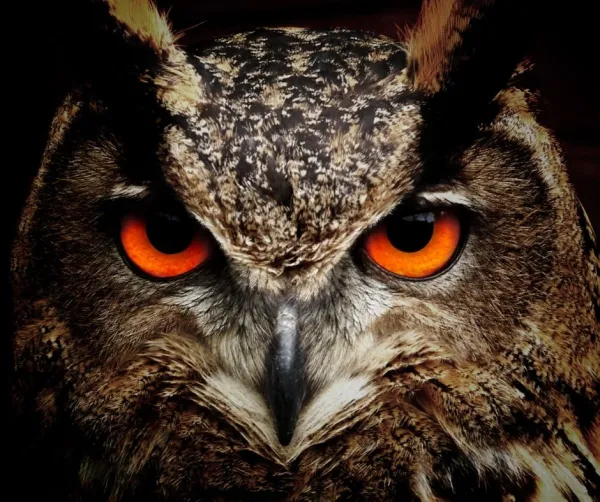
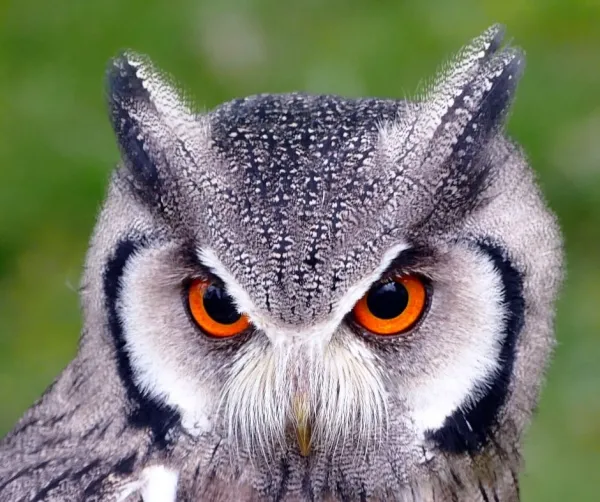
Family Strigidae (Typical Owls)
Includes eagle-owls, horned owls, pygmy-owls, screech-owls, and wood-owls.
Found on every continent except Antarctica, most of Greenland, and a few remote islands.
Features: Rounded facial disk, short beak, neck rotation up to 270°, and small “ear tufts” of feathers.
Family Tytonidae (Barn Owls)
Includes Tyto and Phodilus genera.
Medium-sized with a distinctive heart-shaped facial disk and wide head.
Example species: Barn Owl (Tyto alba), Oriental Bay Owl (Phodilus badius).
Mostly non-migratory, living alone or in pairs, distributed worldwide except in polar regions, extreme deserts, and certain isolated islands.
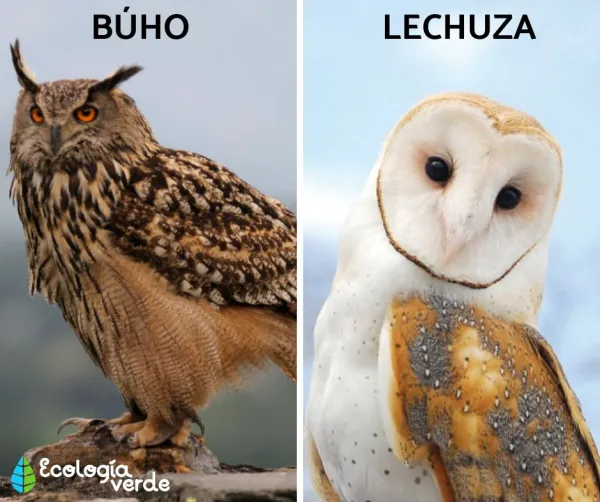
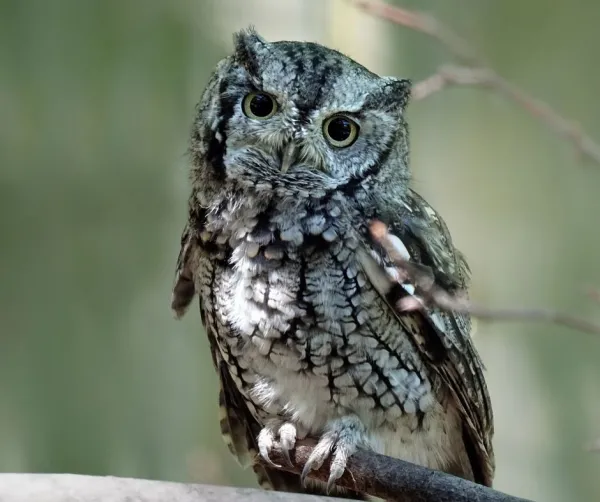
Diet: Primarily small mammals (e.g., rodents), small birds, and large insects.
Role in ecosystems: Natural pest controllers, helping regulate rodent populations.
Behavior: Generally solitary and territorial, using distinctive calls to claim territory during breeding season.
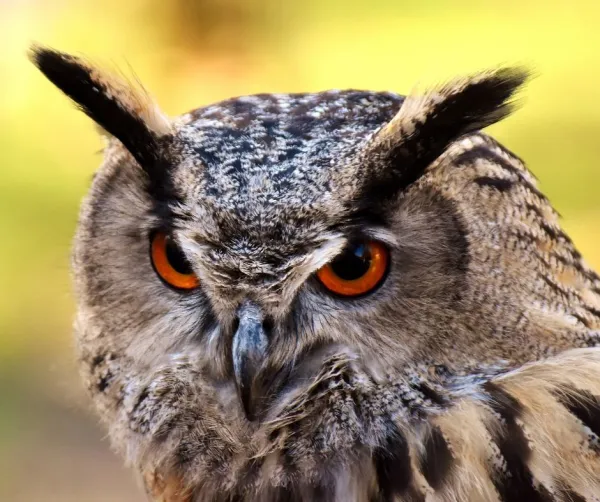
Below is a gallery of nocturnal birds. Here, you can see the amazing nocturnal raptor species listed in the first part, in the same order as in the first part.
Bibliography
Rivera, E. et al., (2012) Occupancy and abundance of nocturnal birds of prey (Strigidae) in the El Ocote Rainforest Biosphere Reserve, Chiapas, Mexico. Mexican Journal of Biodiversity, Volume 83 (3).
Freile, J., Castro, D. & Varela, S. (2012) State of knowledge, distribution, and conservation of nocturnal birds of prey in Ecuador. Neotropical Ornithology Journal, Volume 23, pp: 235-244.
animal tags: nocturnal birds
We created this article in conjunction with AI technology, then made sure it was fact-checked and edited by a Animals Top editor.